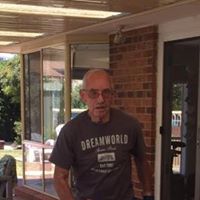In World War II, what was the mission known as "The Great Raid"?
Following the surrender of Bataan, in the Philippines, on April 9, 1942, approximately 70,000 U.S. and Filipino prisoners of war began the 60-70 mile march toward the prison camp at Cabanatuan. The trip became known as the infamous "Death March" because of the estimated 5,000 to 18,000 Filipino deaths and 500 to 650 American deaths during the march.
MacArthur and the Allies returned to the Philippines on October 20, 1944 and quickly began the push inland. As the advance continued, details of mass killings of prisoners by the retreating Japanese army were being reported.
In late January 1945, a plan was developed to send a small force to rescue the estimated 500 prisoners being held at Cabanatuan. Lt. Col. Henry Mucci, of the 6th Ranger Battalion, and three lieutenants from the Alamo Scouts, a special reconnaissance unit, were placed in command of the raid.
January 28, Mucci, guided by Filipino guerrillas, took a reinforced company of 121 Rangers, under Capt. Robert Prince, and drove 60 miles to Guimba, before slipping through Japanese lines. On January 30, after a skillful diversionary flight over the camp by a P-61 Black Widow, the group attacked the camp. Within 45 minutes, the camp was secured and 492 Americans, 23 British, three Dutch, two Norwegians, one Canadian, and one Filipino were rescued. Two raiders and two prisoners died as a result of the raid. An estimated of 530 to 1,000 Japanese were killed. Thus the legend of "The Great Raid" was born.
More Info:
en.wikipedia.org




